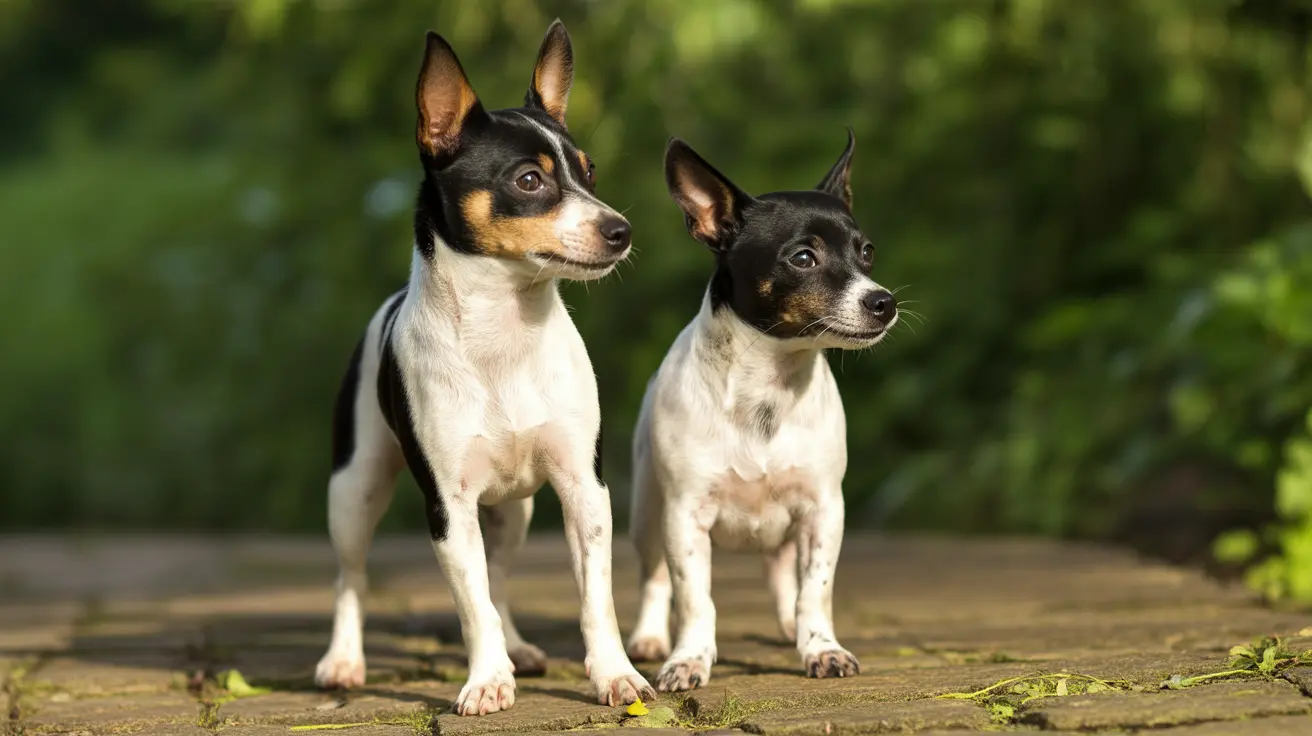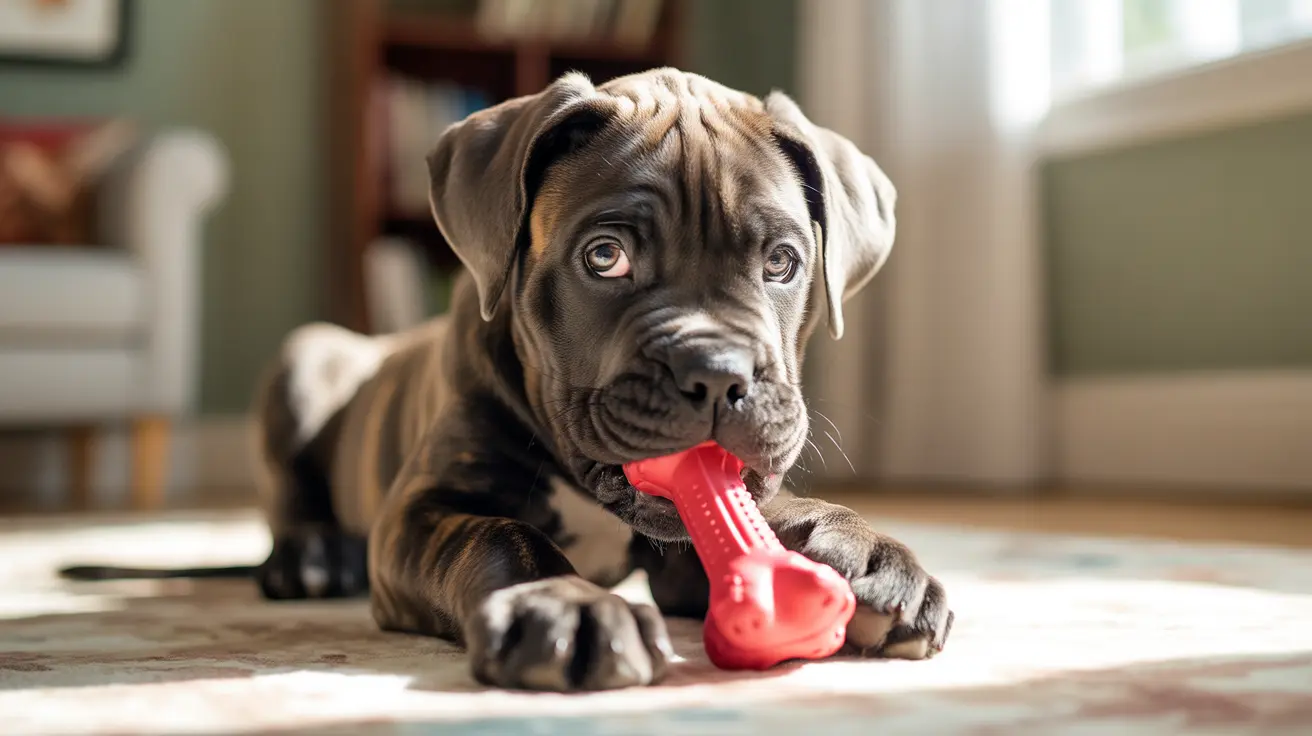Understanding the Heat Cycle in Female Dogs: Discomfort or Pain?
When a female dog is in heat, she enters the fertile phase of her reproductive cycle, scientifically known as estrus. This is a normal biological process, but many pet owners wonder whether it is painful for their canine companions. Although dogs don’t typically experience pain in the way humans perceive menstrual cramps, they can show signs of discomfort, agitation, and anxiety during this time due to hormonal and physical changes.
What Happens During a Heat Cycle?
A heat cycle is composed of four phases:
- Proestrus: Swelling of the vulva and vaginal bleeding start; the dog attracts males but is not receptive to mating.
- Estrus: The dog becomes fertile and mating is possible. Discharge often lightens, and behavior may change to attract males.
- Diestrus: The dog is no longer receptive; hormone levels stabilize whether she is pregnant or not.
- Anestrus: A period of reproductive inactivity until the next heat begins.
Each of these phases triggers not only physical changes but also behavioral ones that can suggest discomfort or stress.
Signs Your Dog May Be Uncomfortable
While in heat, dogs may exhibit:
- Increased licking of the genital area
- Frequent urination and marking behavior
- Restlessness, pacing, or whimpering
- Appetite changes – either reduced or increased
- Mounting behaviors
- Attention-seeking or unusually affectionate or aggressive behavior
These symptoms don’t necessarily indicate pain but show behavioral and emotional strain. Dogs can also experience hormonal shifts similar to PMS in humans, making them anxious or unsettled.
Is the Heat Cycle Painful?
The canine heat cycle is generally not painful in the sense of measurable physical suffering. Unlike human menstruation, dogs do not shed their uterine lining, so they don't experience cramps. However, swelling and discharge can cause minor discomfort or sensitivity. Additionally, dogs may be more anxious than usual due to instincts and hormonal surges, which can lead to behavior that mimics distress.
How to Keep Your Dog Comfortable
- Provide a quiet space: Reduce stressors at home to create a calm environment.
- Use dog diapers: These can help manage bleeding and keep her comfortable indoors.
- Stick to routine: Maintain normal feeding and exercise schedules.
- Leash walks only: Avoid off-leash areas to prevent mating with male dogs.
- Offer enrichment: Toys and puzzles can distract and mentally stimulate her.
- Offer extra love: Some dogs seek more affection during this time.
When You Should Be Concerned
If your dog shows signs beyond typical heat symptoms—such as lethargy, excessive panting, swollen abdomen, or unusual discharge—consult your veterinarian. These signs could indicate a more serious condition like pyometra, a potentially life-threatening infection.
Managing Future Cycles
If caring for a dog in heat becomes difficult or if you do not intend to breed her, spaying is the best long-term solution. Spaying not only prevents future heat cycles and unwanted pregnancies but also lowers the risk of certain cancers and infections, including pyometra.
Conclusion: Understanding and Compassion
While being in heat is not inherently painful, it is a time of change and possible discomfort for your dog. Understanding the signs and responding with empathy can make a significant difference in her comfort and well-being. Always consult with a veterinarian for guidance if you're unsure about her symptoms. Responsible management of the heat cycle is key to a healthy and comfortable life for your furry companion.





